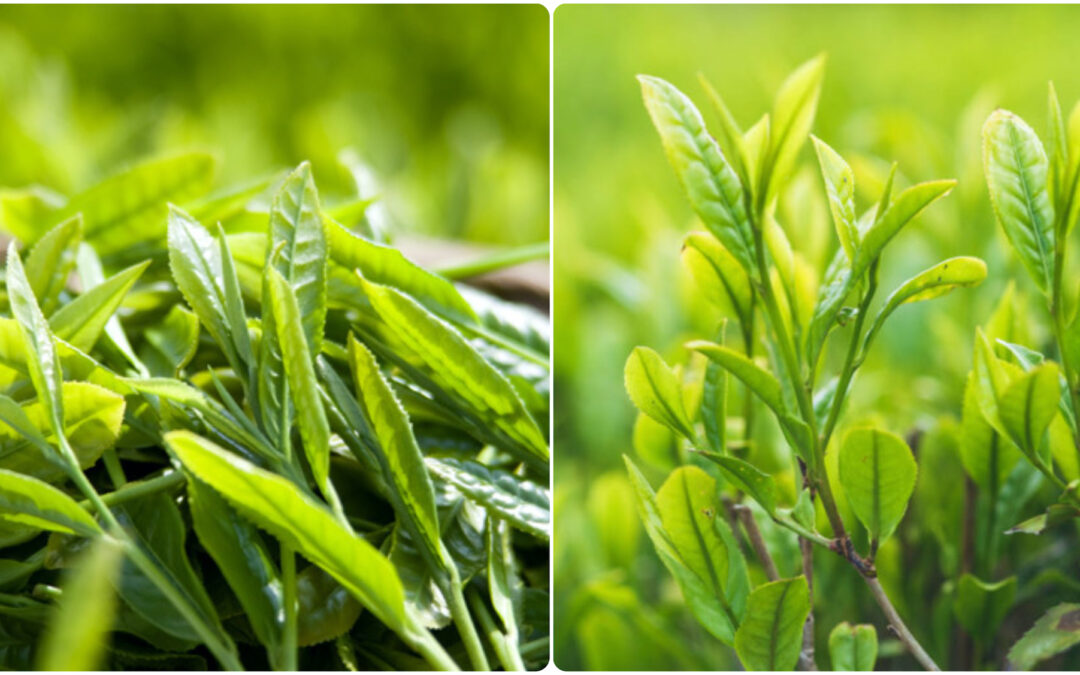
by Elizabeth Andoh | May 18, 2023 | Kitchen PROJECTS, Spring
PROJECT New Tea This PROJECT is about brewing and enjoying new tea, called shincha 新茶 in Japanese. Shincha teas are available online and in specialty shops around the world. Most of the commercial green tea crop in Japan is grown in Shizuoka, southwest of Tokyo,...
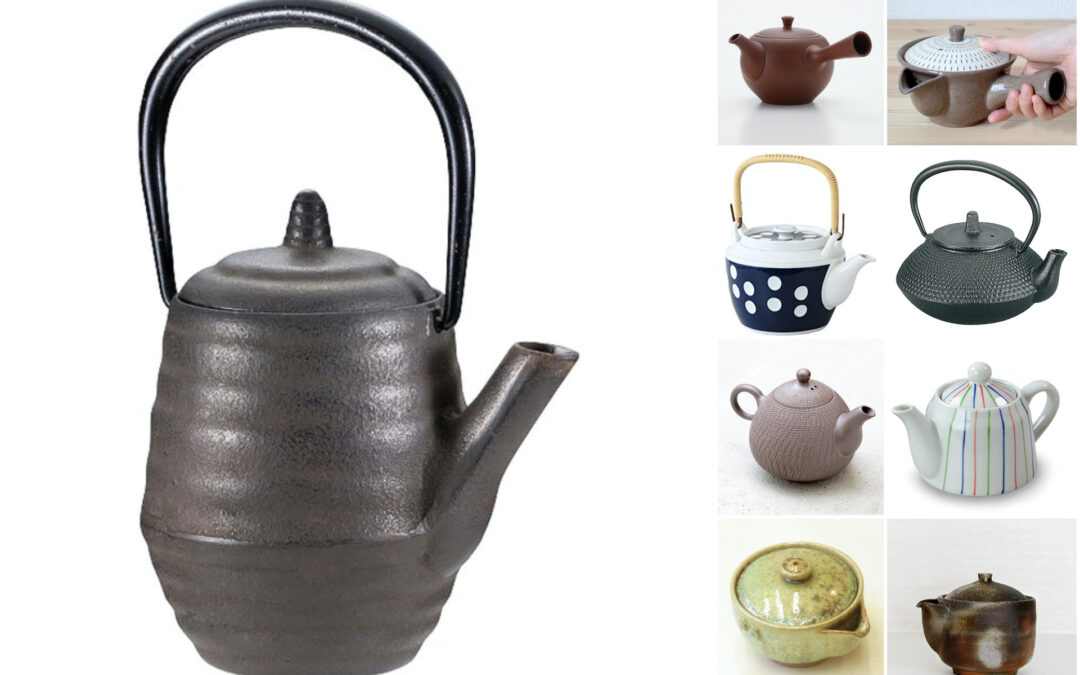
by Elizabeth Andoh | May 18, 2023 | Kitchen Culture, Year-Round
The Japanese use a wide variety of tools and vessels to prepare and serve food and beverage. This post is devoted to TEA POTS called KYŪSU 急須. They are typically small, used to brew just a few portions of tea (each about 100-120ml/scant 4 fluid ounces) at one time....

by Elizabeth Andoh | Apr 27, 2023 | Culture, Kitchen Culture
FUJI (Wisteria floribunda) A species of flowering plant in the pea family, fuji is native to Japan. In culinary matters, graceful wisteria vines inspire a seasonal motif for traditional wagashi confectionery. Fuji is often a symbol of longevity (plants have been...
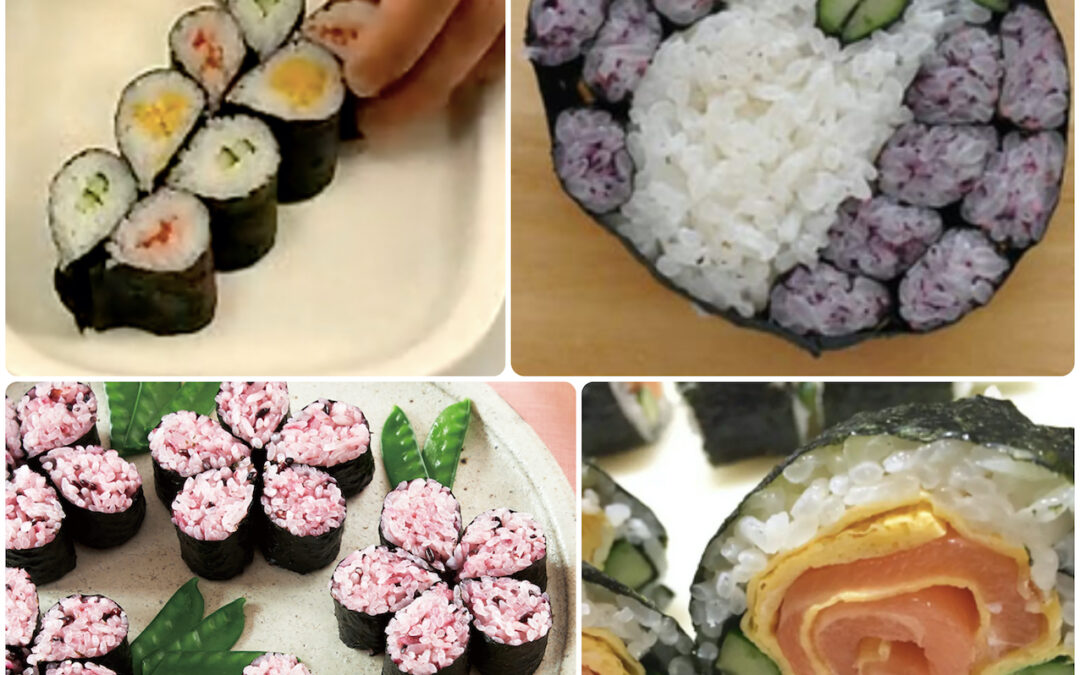
by Elizabeth Andoh | Apr 27, 2023 | Kitchen PROJECTS, Spring
Flower-Inspired Rolled Sushi Use your imagination to create rolled sushi inspired by flowers. To get you started, here are some basic recipes: This recipe for CLASSIC SUSHI MESHI includes instructions on cooking and seasoning rice, and information on the wooden tub in...
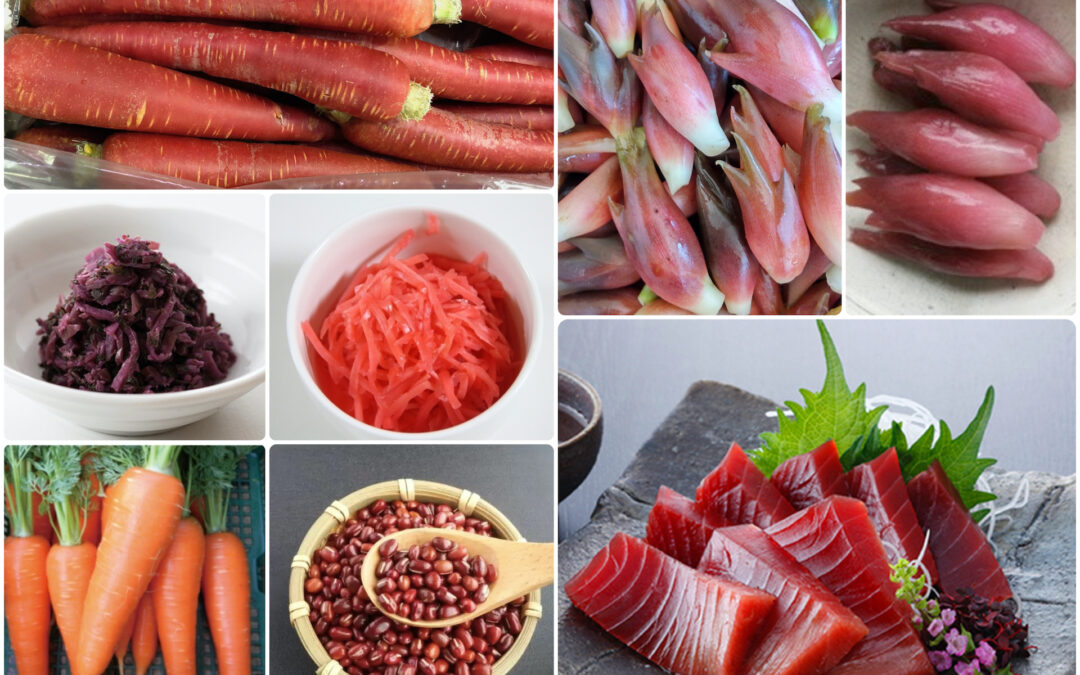
by Elizabeth Andoh | Mar 30, 2023 | Kitchen Culture, Year-Round
Foods in a wide range of hues are considered to be “RED” in the Japanese kitchen. To name just a few, there are (orange) carrots, (ruby-red) slices of raw tuna, (maroon) adzuki beans, (purplish) shiba-zuké eggplant pickles, (crimson) beni shōga (red...
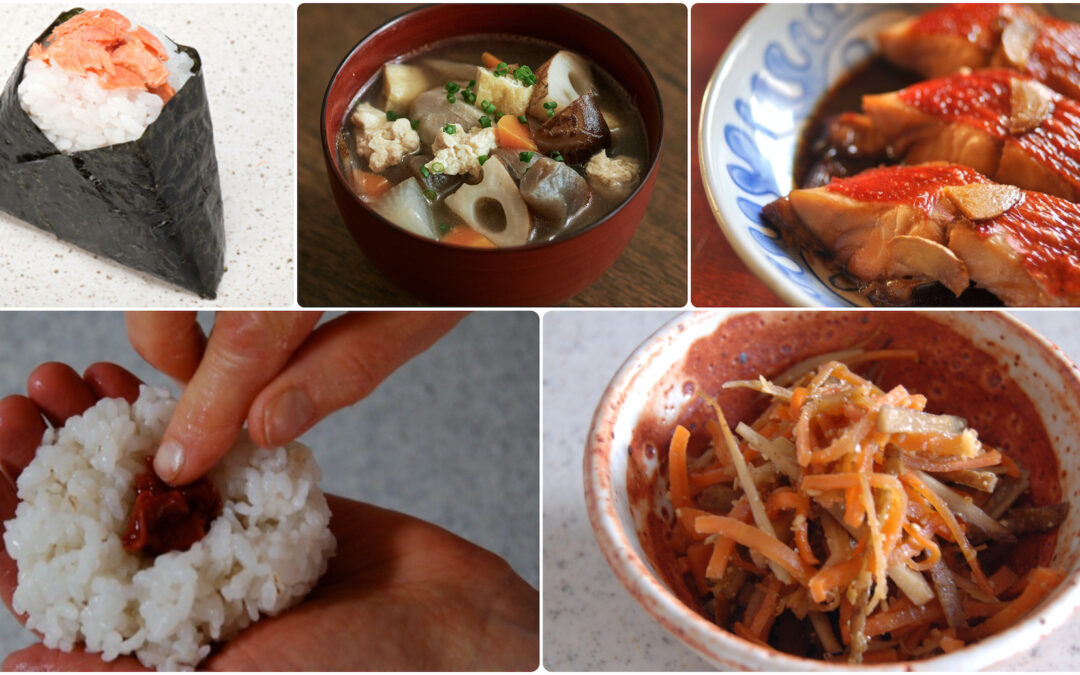
by Elizabeth Andoh | Mar 30, 2023 | Kitchen PROJECTS, Tabletop, Year-Round
Recipes for Red Foods Generations of Japanese have been well nourished daily by modest meals following a simple pattern: soup, rice, and a few other dishes. This easy-to-compose menu model called ichi jū san sai (一汁三菜 ) that satisfies hunger while fulfilling...
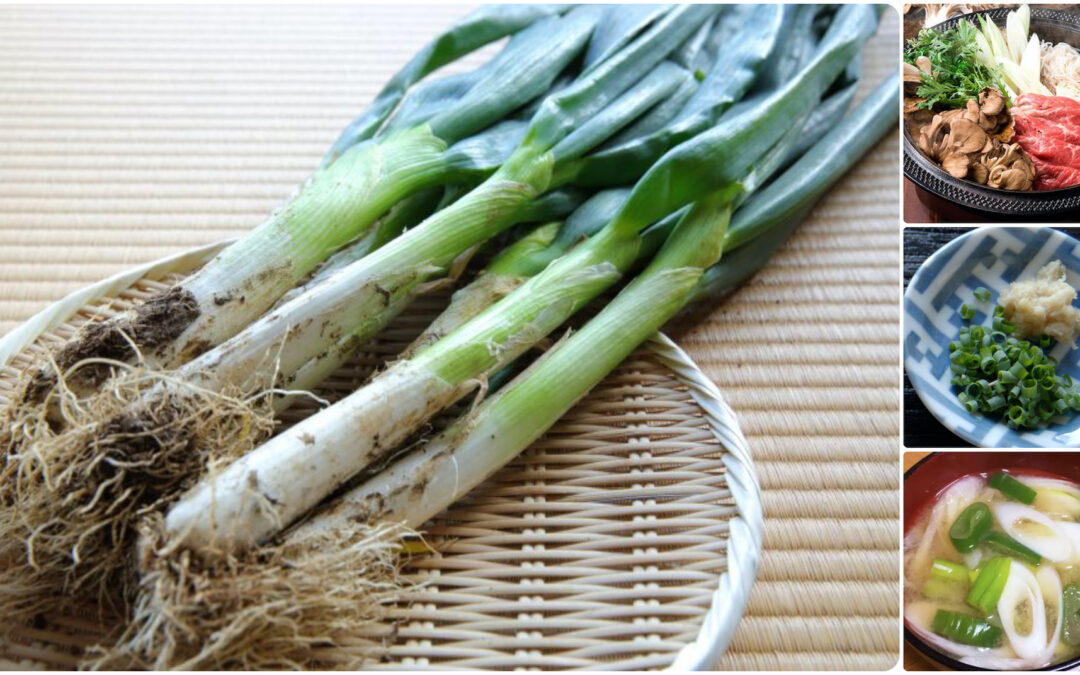
by Elizabeth Andoh | Feb 28, 2023 | Kitchen Culture, Year-Round
NAGA “long” NEGI “onions” (Japanese bunching onion; Allium fistulosum) have been enjoyed in Japan since the 8th century. They are indispensible in nabé (hot pot) cookery, as a condiment for noodles and tōfu, and in miso soup. Like other members of the allium family,...
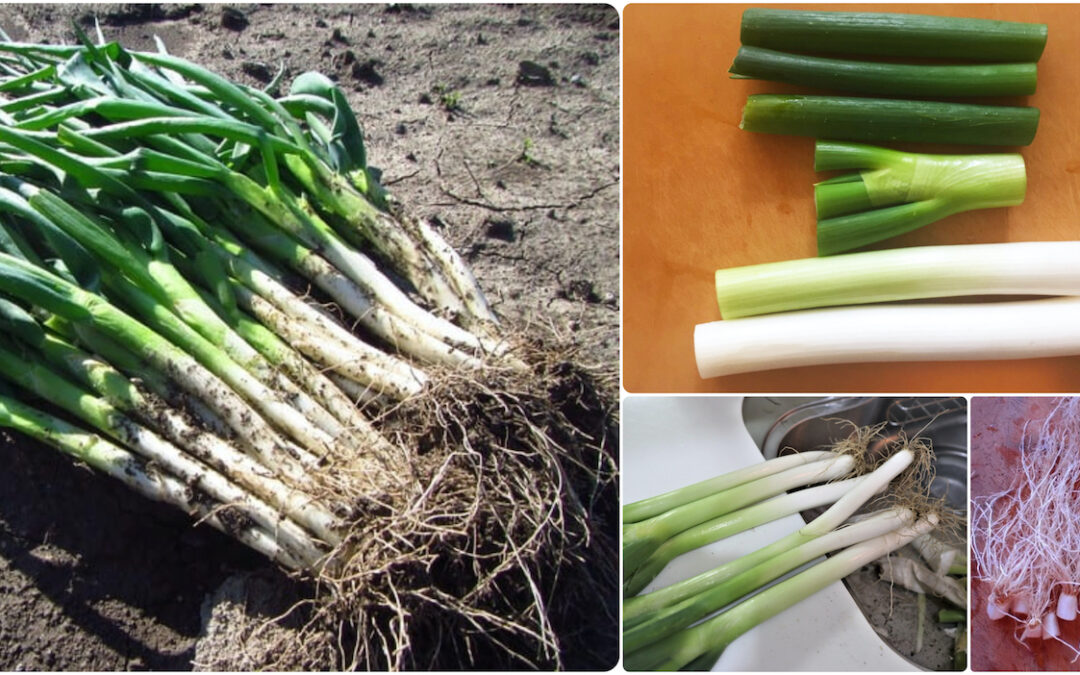
by Elizabeth Andoh | Feb 28, 2023 | Kitchen PROJECTS, Year-Round
NAGA NEGI・長葱 Indispensible in nabé (hot pot) cookery, as a condiment and in soups all parts of naga negi (Allium fistulosum) are edible. Plan from the start to use the plant fully. If your naga negi have roots attached, wash them thoroughly to remove all the dirt that...
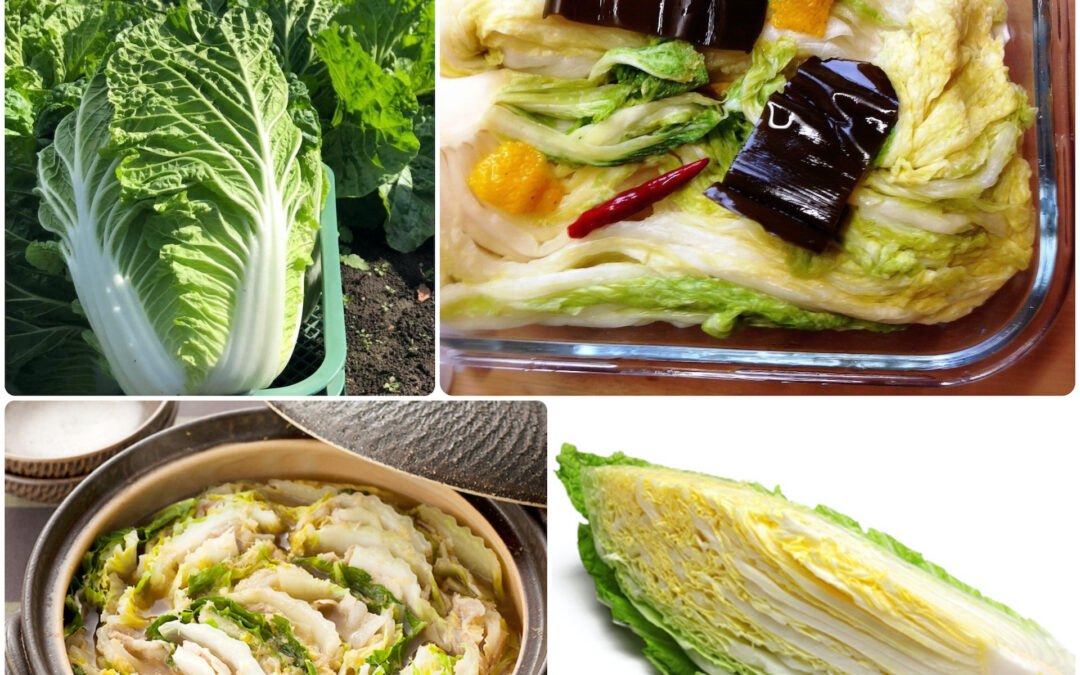
by Elizabeth Andoh | Jan 29, 2023 | Autumn, Kitchen Culture, Winter
HAKUSAI・白菜 Because hakusai is such a favorite wintertime vegetable in Japan, I assumed it had a long, deep history in Japan’s cookery. Not really. It seems that the original Brassica oleracea ancestor of hakusai is native to the Mediterranean region of Europe....
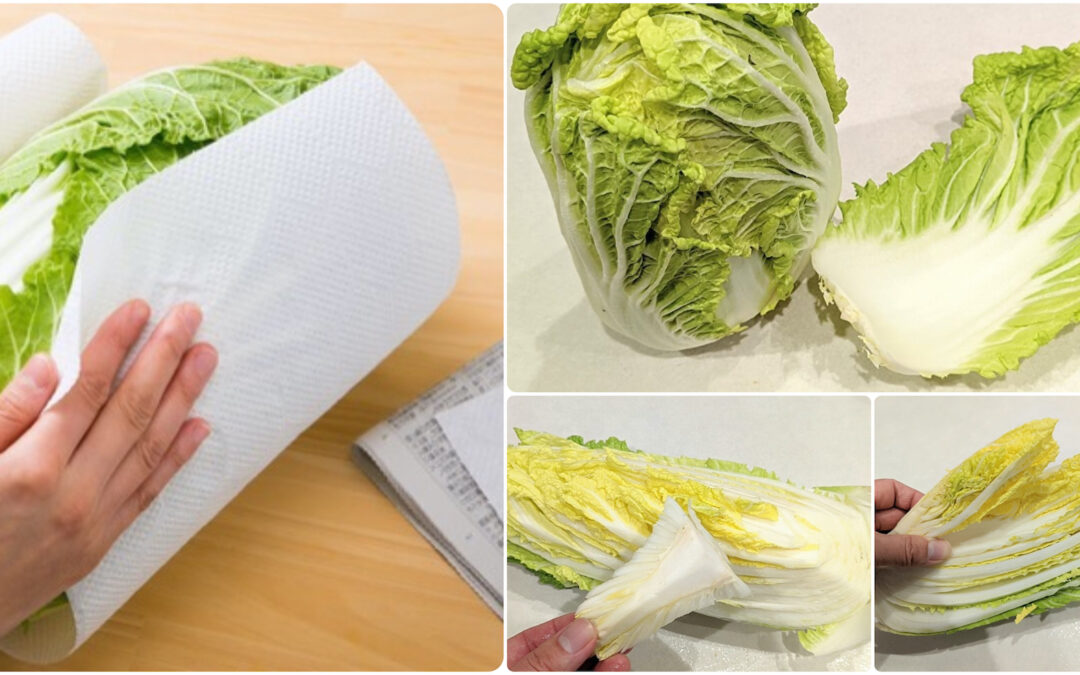
by Elizabeth Andoh | Jan 29, 2023 | Autumn, Kitchen PROJECTS, Winter
Using HAKUSAI fully A favorite wintertime vegetable in Japan, hakusai cabbages are increasingly available in Asian groceries throughout the world. A whole head averages 2 kilo (about 4 and 1/2 pounds). I encourage you to buy one (or at least a half or quarter-head...
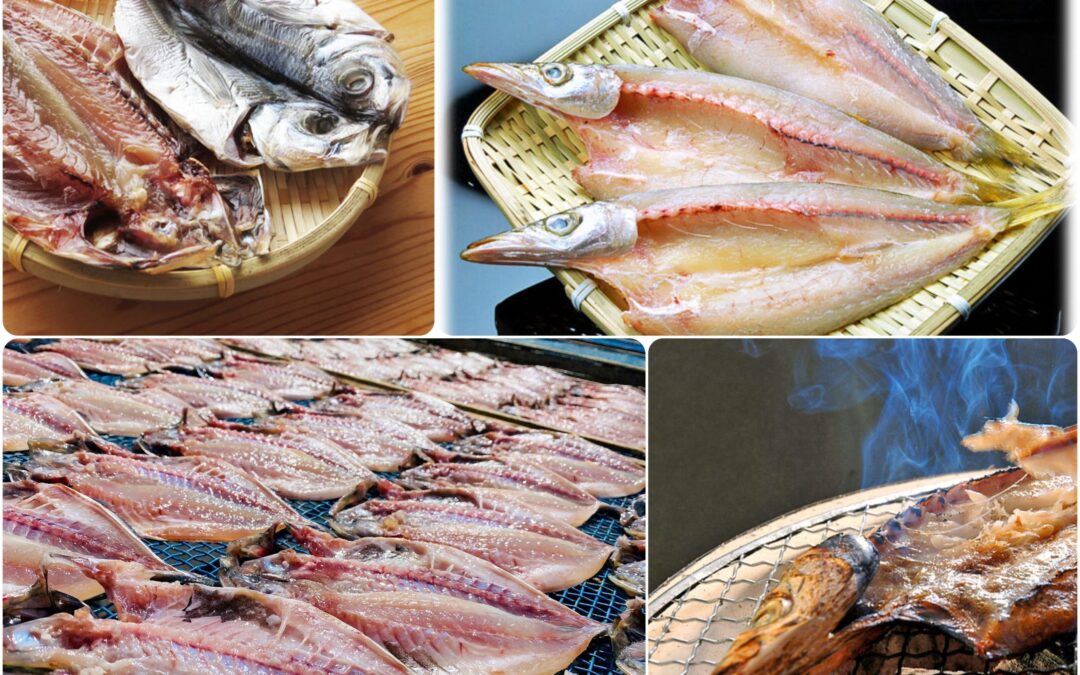
by Elizabeth Andoh | Dec 7, 2022 | Kitchen Culture, Year-Round
Ichiya-Boshi: Overnight-Dried FISH In the days before refrigeration, bountiful catches of fish were traditionally gutted, either split down the back or butterflied (belly-split), and dipped in sea water before being set out to dry in well ventilated spaces. This would...

by Elizabeth Andoh | Dec 7, 2022 | Kitchen PROJECTS, Year-Round
Making a Home-Style Meal featuring ichiya-boshi Traditionally, bountiful catches of fish were gutted, salted, and set out to dry in order to extend their shelf life. The generic term for these sorts of fish is himono, literally “the dried thing,” though these...
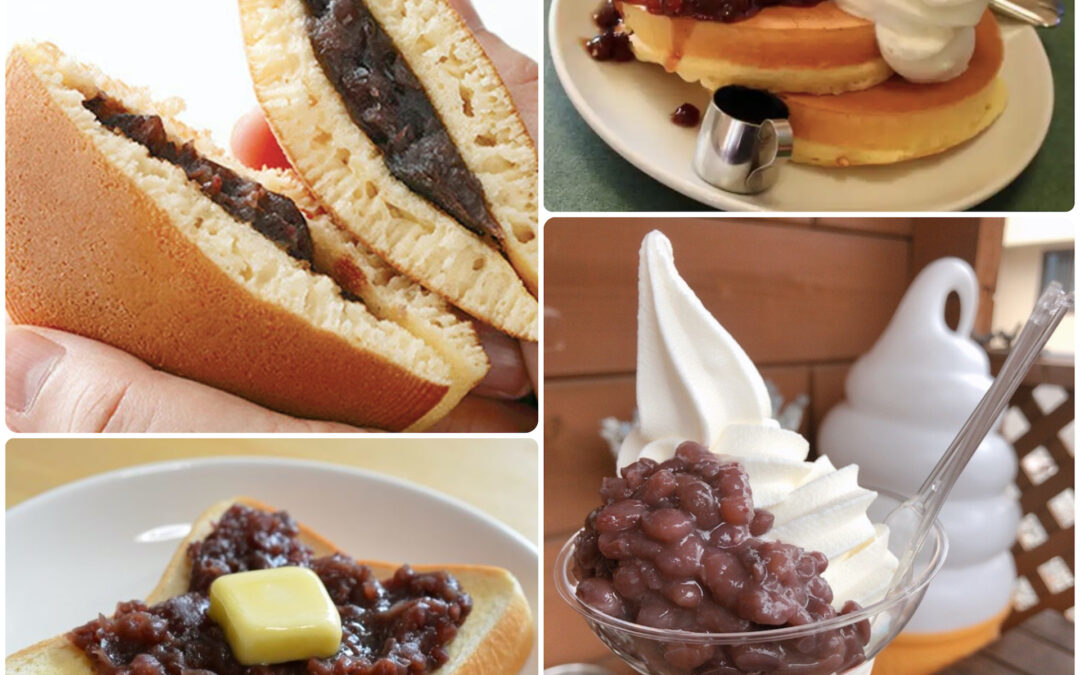
by Elizabeth Andoh | Nov 11, 2022 | Kitchen PROJECTS, Year-Round
PROJECT Adzuki: Sweet & Savory The adzuki bean 小豆 plays a prominent role in Japanese cookery, especially in the making of sweets… though savory dishes also abound. This Kitchen PROJECT is about exploring the many possibilities. I provide one sweet recipe...
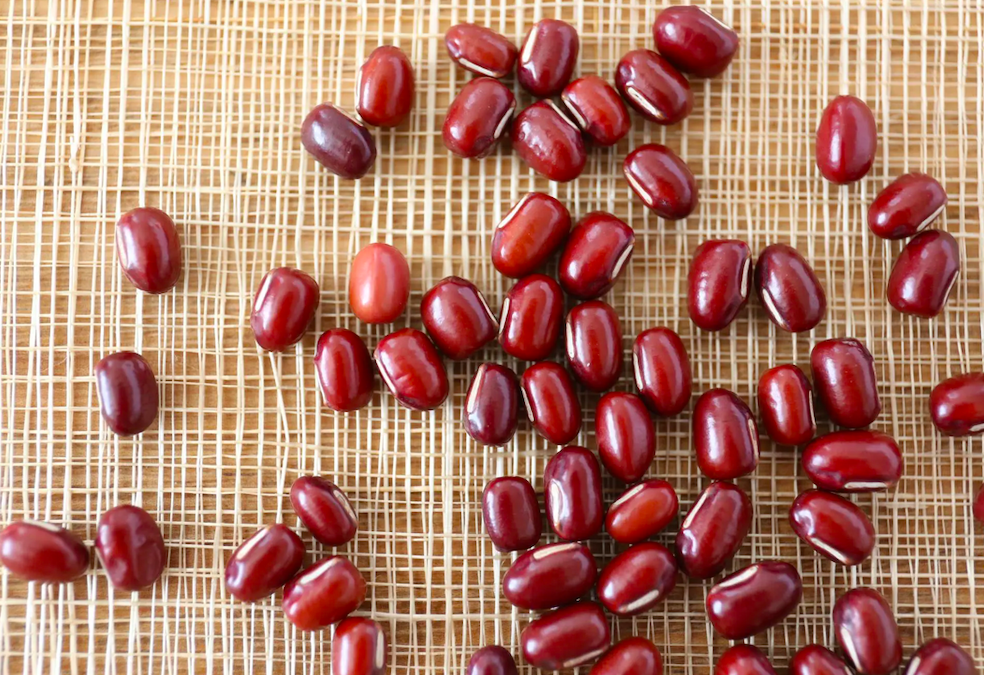
by Elizabeth Andoh | Nov 11, 2022 | Kitchen Culture, Year-Round
小豆・あずきADZUKI (Vigna angularis) Written with calligraphy for “small” and “bean” these diminutive (about 1/4-inch, less than 1 cm) red beans play an important role in Japanese cookery, appearing in both savory dishes and in sweets. There are...

by Elizabeth Andoh | Oct 10, 2022 | Autumn, Kitchen Culture
Four varieties of wild-caught salmon are commonly available in markets around the Pacific rim. Left, top to bottom + right: Sockeye (beni-zaké in Japanese) Coho (gin-zaké in Japanese) Chum (aki-zaké in Japanese) Chinook (kingu samon, in Japanese) 鮭・さけ・SAKÉ SALMON Fish...
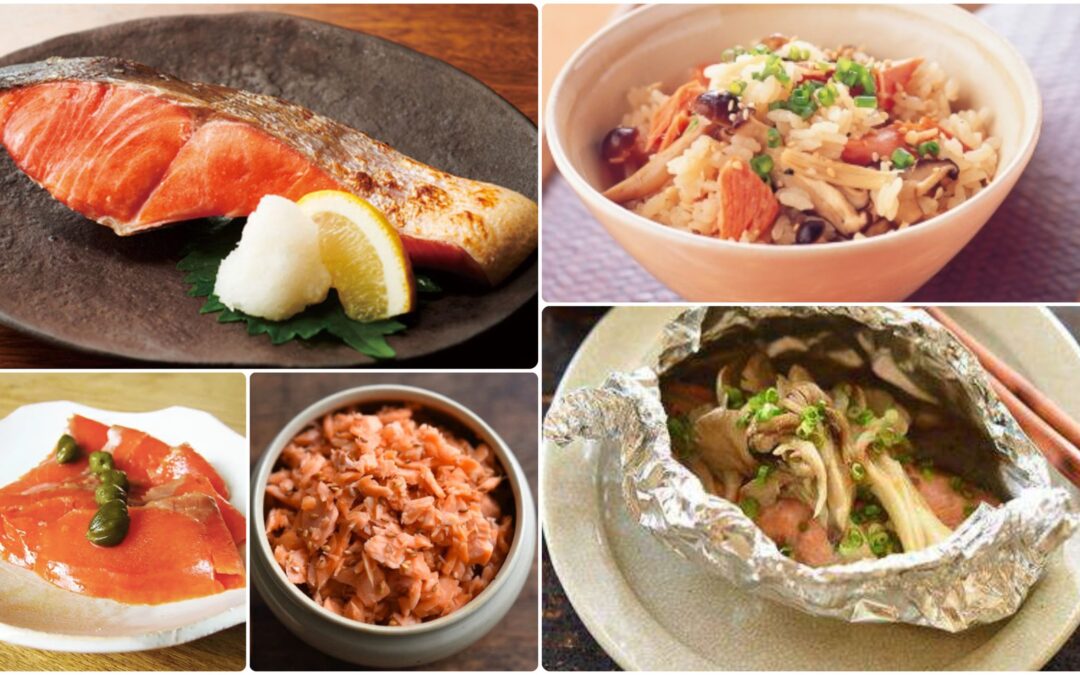
by Elizabeth Andoh | Oct 10, 2022 | Kitchen PROJECTS, Year-Round
SALMON・鮭・SAKÉ Salmon lends itself to variety of cooking methods — it can be skillet-seared, steamed, broiled, grilled, braised, smoked, poached and fried. PROJECT Salmon is about preparing salmon in many different ways in your kitchen. You’ll find lots of...
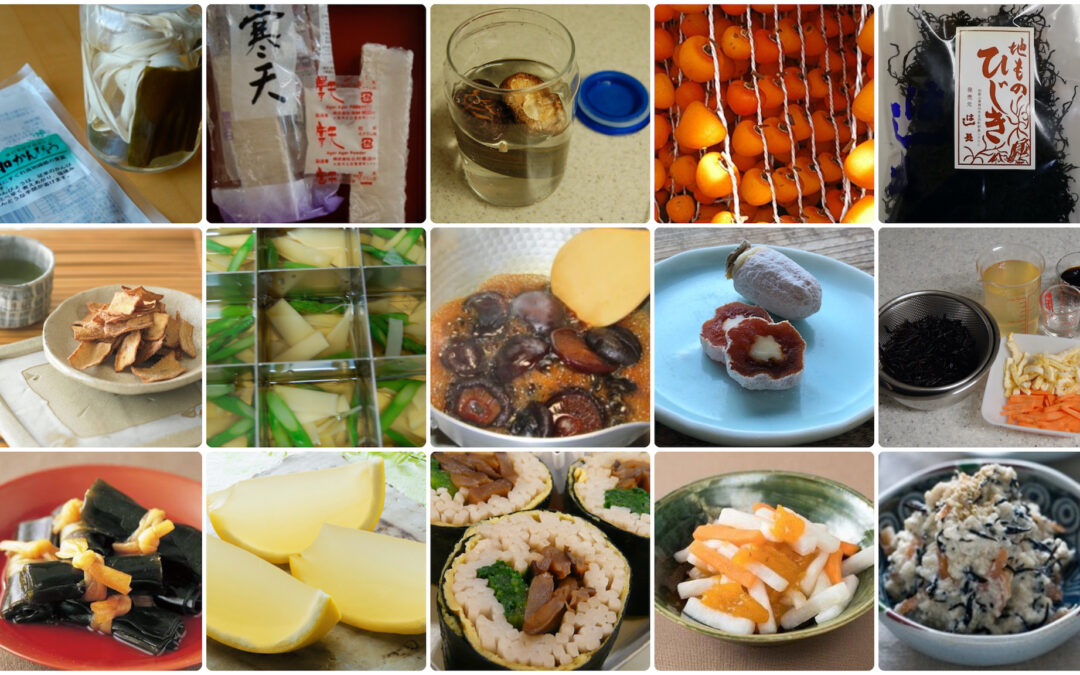
by Elizabeth Andoh | Sep 25, 2022 | Kitchen Culture, Year-Round
In the photo above, there are five vertical columns, from left to right: KAMPYO (soaking in water with kombu; deep-fried to make chips; used as an edible tie for kombu rolls); KANTEN (sticks and powdered form, made into a savory bamboo shoot and asparagus aspic, lemon...
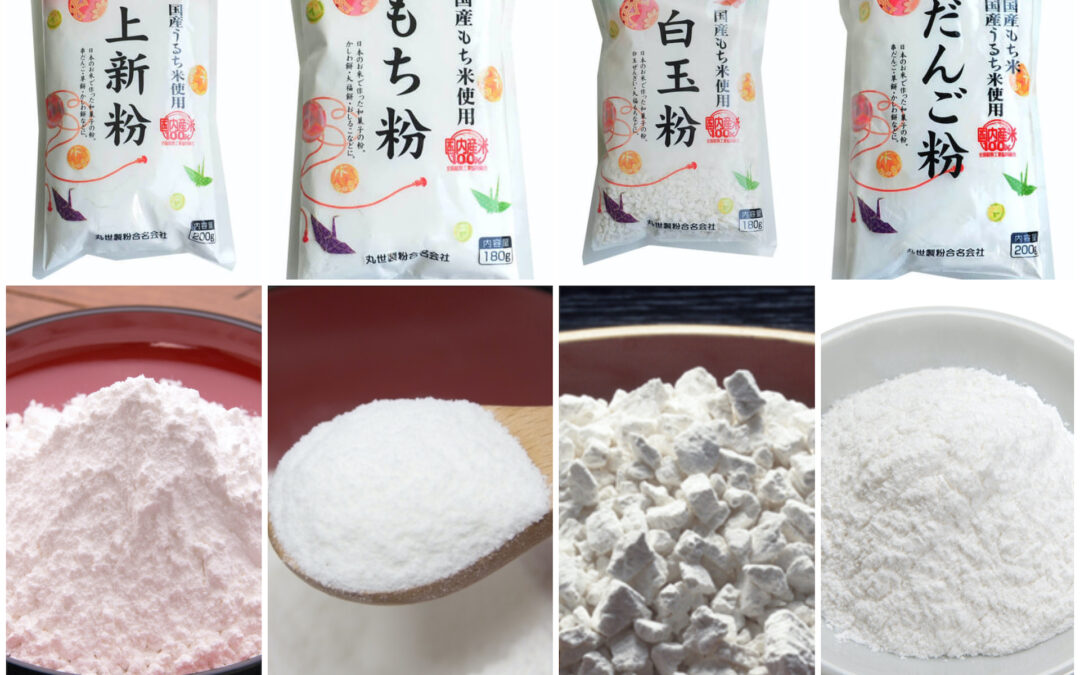
by Elizabeth Andoh | Sep 2, 2022 | Kitchen PROJECTS, Year-Round
米の粉PROJECT: Komé no KonaRice Flour In Japanese cookery there are four types of rice flour that are commonlyused. One is made from uruchi mai or “table rice,” several are made from mochi-gomé or “sticky rice” and one is made from a combination...
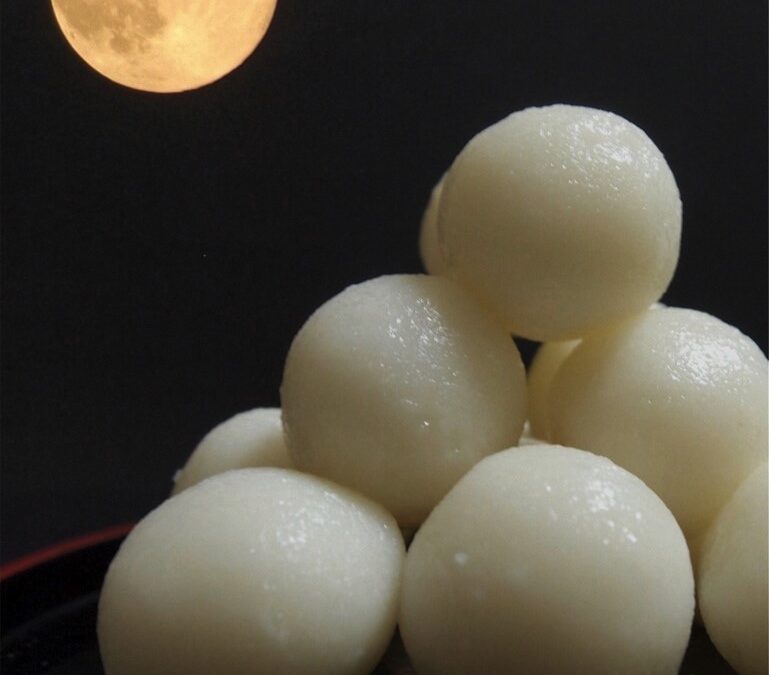
by Elizabeth Andoh | Sep 2, 2022 | Autumn, Kitchen Culture
月見団子 TSUKIMI DANGO The moon can be seen shining from any place on our planet and people everywhere see beauty in a full, luminous moon. But ritual contemplation of the “moon of the middle autumnal month” (chūshū no meigetsu) has its origins in China. The practice...
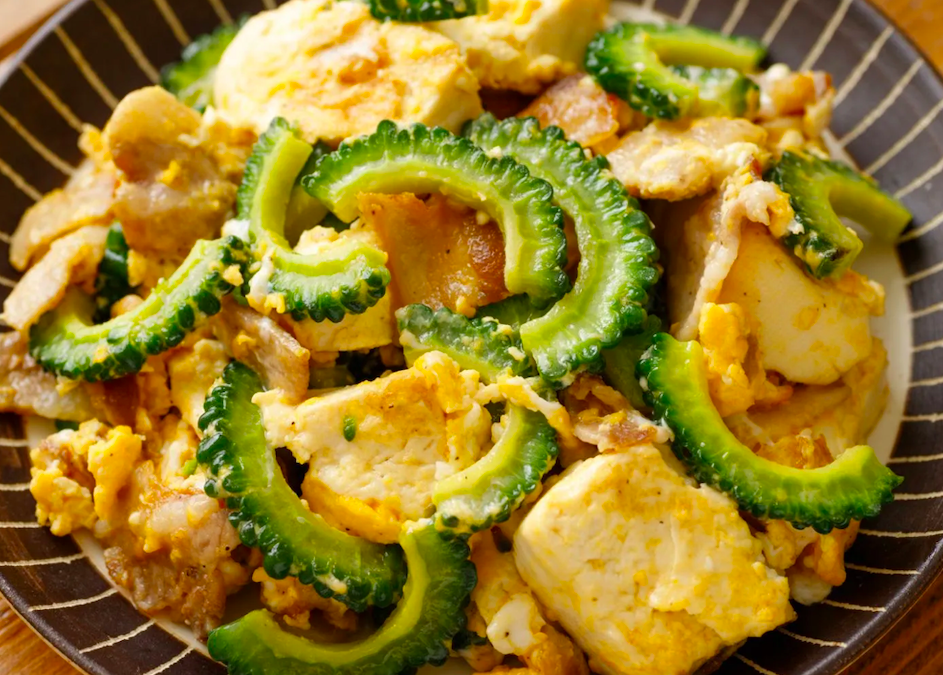
by Elizabeth Andoh | Aug 12, 2022 | Kitchen PROJECTS, Summer
チャンプルーPROJECT Champuru This Kitchen PROJECT is about making champuru (a stir-fry that is a signature dish of Okinawa) in YOUR kitchen Every household in Okinawa will have its own variation on the basic theme. A classic version made with bacon, tōfu, gōya, onions and...





















